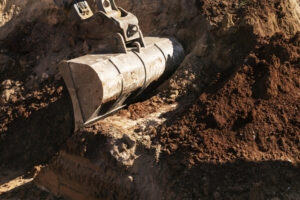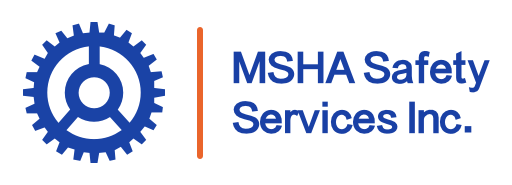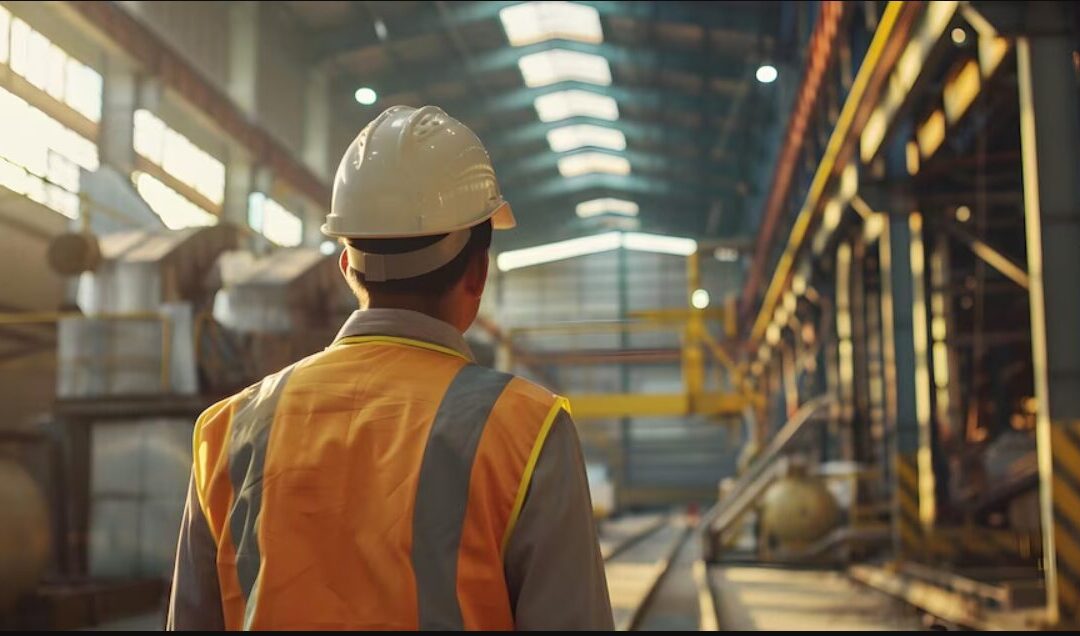Imagine this. You’re headed to a normal day of work at the mine site when you hear that the Mine Health and Safety Administration (MSHA) has arrived for one of its impromptu inspections. Do you feel a sense of panic? Or are you at ease, confident in you and your team’s processes? If you feel confident, it’s probably because you’ve taken the time to properly prepare. In this article, we’ll walk you through how to prepare for an MSHA inspection, outlining MSHA’s audit process, what inspectors look for, and what resources are available.
Understanding MSHA’s Role
Before diving into the specifics of preparation, it’s crucial to understand MSHA’s role. MSHA is responsible for enforcing compliance with mandatory safety and health standards to protect miners. Knowing what needs to be reported to MSHA is a key part of this process. Incidents such as accidents, injuries, and hazardous conditions must be reported promptly to ensure the safety of all workers. MSHA’s role extends beyond just enforcement; it also involves providing training, education, and assistance to mine operators. This dual approach helps ensure that mine sites not only comply with regulations but also foster a culture of safety. Mine operators who approach MSHA inspections as an opportunity can better appreciate the importance of compliance and the benefits it brings to their operations.
MSHA’s Inspection Process
One of the most common questions is, how strict is MSHA? MSHA’s approach to enforcement and compliance is known for being strict, aiming to ensure the highest safety standards in the mining industry. There is no room for shortcuts–and MSHA is thorough so it’s important to know what happens during an MSHA audit so you can stay prepared. Here’s how the process generally goes:
- Unannounced Arrival
- Review of Documentation
- Site Walkthrough
- Employee Interviews
- Hazard Assessment
- Issuance of Citations
- Corrective Action Plan
- Final Report
Mine operators must always be prepared. Inspectors will review various aspects of the mine site, including equipment, safety protocols, and worker training. They will also check for compliance with reporting requirements and investigate any incidents or hazardous conditions.
What MSHA Inspectors Look For
The Mine Health and Safety Administration requires that each underground mine be inspected four times a year and each surface mine twice annually to ensure adherence to health and safety regulations. Mines with high levels of explosive or toxic gases face even more frequent inspections due to the increased risks. Additionally, inspections can be triggered by complaints about hazardous conditions. During an MSHA audit, MSHA inspectors focus on several key areas, although specific checkpoints may vary. Common areas of scrutiny include:
- Equipment Safety: Inspectors assess machinery to ensure it is properly maintained and operated safely.
- Worker Training: They verify that workers have received the necessary training, including recurring courses, and are knowledgeable about safety procedures.
- Compliance with Standards: Inspectors check for adherence to MSHA standards related to ventilation, electrical safety, and emergency preparedness.
Inspectors also review records and documentation to ensure all reports are filed and training records are current. Understanding these focus areas can help mine operators better prepare for inspections and maintain compliance with MSHA requirements
Preparing for an MSHA Visit
Preparation is key to a successful MSHA inspection and creating a game plan for your mine site is essential. Start by assessing potential hazards, implementing safety measures, and training employees. Consider involving employees in the preparation process to help identify potential issues and develop effective solutions. Different types of mining operations may require specific considerations, so tailor your plan accordingly. A comprehensive preparation plan should include regular safety audits, hazard assessments, and emergency drills. It should also involve ongoing training for all employees, including both new hires and experienced workers and also contractors. When this is done successfully, not only will you pass your MSHA audit with flying colors, but mine operators can significantly reduce the risk of violations and ensure a safe working environment.
You can also prepare for their visit by reviewing past inspection reports and safety performance. These will help identify recurring issues so you can develop strategies to address them and ensure ongoing compliance–before MSHA steps foot on your site.
Essential Training for Compliance – MSHA Certification Requirements
Training is a critical component of MSHA compliance and is often required to be completed on a yearly basis.
- New Miner Training
- Part 46 (Surface Mining): New miners must complete a minimum of 24 hours of initial training before starting work. This training covers topics such as hazard recognition, emergency procedures, and health and safety standards specific to surface mining operations.
- Part 48 (Underground Mining): New miners in underground operations need to complete at least 40 hours of training from a Blue Card Certified expert. This includes both classroom instruction and hands-on training to address the unique hazards associated with underground mining.
- Experienced Miner Training (Annual Refresher)
- Part 46 (Surface Mining): Experienced miners who are new to a surface mining operation must receive a minimum of 8 hours of training covering site-specific hazards and procedures each year. This is in addition to any previously completed MSHA training.
- Part 48 (Underground Mining): Experienced underground miners must complete 8 hours of training each year from a Blue Card Certified expert if they are new to a specific underground mining operation. This training focuses on site-specific hazards and emergency procedures.
Every single worker of a mine site must be properly trained to be compliant with MSHA and that includes independent contractors that have been hired to work on-site.
Resources for Mine Sites
There are numerous resources and tools available to support mine sites in achieving safety and compliance. MSHA provides a wealth of resources, including safety guidelines, training programs, and support services. See this list of frequently asked questions: MSHA Safety Services Resources In addition to MSHA resources, mine operators can access industry-specific safety programs, online training modules, and safety equipment suppliers. These resources can provide valuable information and tools to help improve safety practices and ensure compliance with regulations. We recommend that mine operators work with experts and external consultants to help them assess their mine site, craft a customized plan, offer their entire team high-quality training, help fill knowledge gaps, and ultimately, offer support for your mine site.

Business As Usual
Professional conduct during MSHA inspections involves being cooperative, transparent, and respectful. It also means being prepared to answer questions and provide documentation as needed. When you maintain a positive and professional attitude, mine operators can foster a collaborative relationship with MSHA inspectors and demonstrate their commitment to safety.
You’re Ready for MSHA
Getting ready for an MSHA inspection is more than just ticking off a checklist—it’s about embracing a culture of safety and compliance. By fully understanding MSHA’s role, knowing what inspectors will scrutinize, and implementing robust safety and training programs, you not only prepare your mine site for inspection but also enhance the overall well-being of your workforce.

